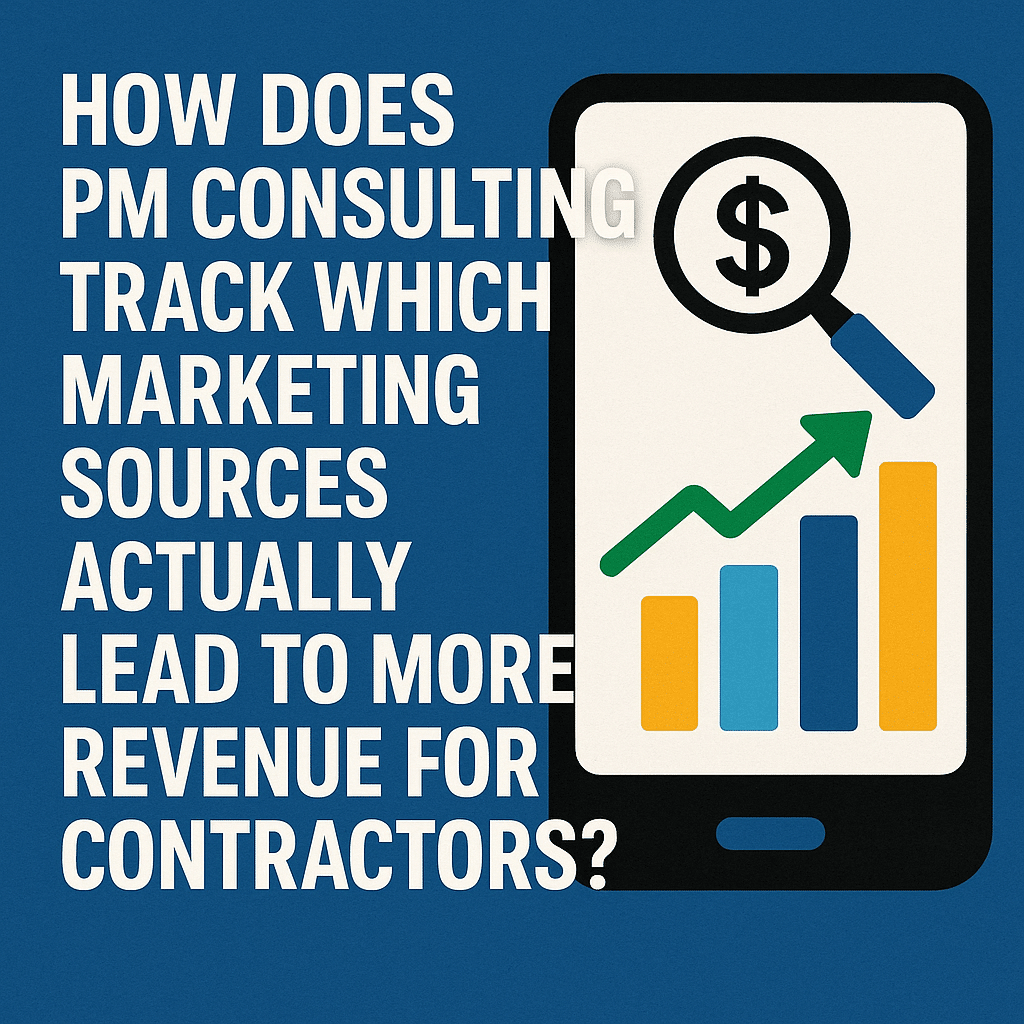How Much Should a Company Spend on Marketing Per Month?
[2024 Data + Proven Frameworks]
Executive Summary: Why Your Monthly Marketing Budget Drives Growth
Your monthly marketing budget is more than a line on your financial statement—it’s the fuel that powers your growth engine. Companies that invest wisely in marketing don’t just win more customers. They create brand authority, outperform competitors, and build resilience for the future. In 2024, digital disruption, changing consumer habits, and aggressive competitors mean that setting the right budget isn’t optional—it’s essential for survival and scaling.
This article gives you a proven, data-backed system to determine how much your company should spend on marketing every month. We cover benchmarks, frameworks, channel breakdowns, mistakes to avoid, and advanced tactics to get the most from your budget. Whether you run a startup, a mature B2B brand, or an e-commerce giant, you’ll find practical, immediately usable advice below.
The True Value of Marketing Spend
Marketing isn’t just an expense. It’s an investment in awareness, leads, and long-term sales. Companies that treat marketing as a growth lever, not a sunk cost, build stronger brands. Every dollar spent should move you closer to your revenue targets, but the value goes deeper:
- Marketing drives new business and helps you retain clients.
- Strong brands command premium pricing and loyalty.
- Consistent marketing buffers against market downturns and competitive threats.
Ask yourself: If you paused all marketing today, how long would it take for your pipeline to dry up? For most companies, the answer is not long at all.
Core Principles for Setting a Monthly Marketing Budget
Revenue-Based Budgeting: Percentages That Work
Most successful companies use a percentage of revenue as their baseline. This approach aligns your spend with growth. In 2024, here’s what most industries are doing:
- B2B: 5% to 8% of gross revenue.
- B2C: 8% to 12% of gross revenue.
- Startups/High Growth: 12% to 20% in early years.
This method scales with your business. When your revenue grows, your budget does, too.
Goal-Based Budgeting: Working Backwards from Objectives
Set your marketing budget based on your targets—whether that’s leads, market share, or launching a new product. Work backwards from your goals:
- Define the results you want.
- Estimate the cost per lead or acquisition.
- Multiply by the volume you need to hit your targets.
This approach focuses every dollar on outcomes.
Competitive Analysis: Staying Ahead Without Overspending
Research what your competitors spend and how they spend it. Use tools like SEMrush, SpyFu, or SimilarWeb to estimate competitor budgets. Aim to match or beat competitors in your core markets—without blowing your ROI.
What the Data Says: Industry Benchmarks for Monthly Marketing Spend
| Industry | % of Gross Revenue | Typical Monthly Range (USD) |
|---|---|---|
| B2B Services | 5%–8% | $5,000–$50,000+ |
| B2C (Retail) | 8%–12% | $10,000–$100,000+ |
| SaaS/Tech | 10%–20% | $20,000–$200,000+ |
| E-Commerce | 10%–15% | $15,000–$120,000+ |
| Local Services | 3%–8% | $500–$10,000 |
| Startups | 12%–20% | Variable, often higher in launch |
These ranges are based on HubSpot and industry reports. Your spend may differ, but this is the competitive landscape in 2024.
Understanding Your Unique Situation
Startup vs. Established Brand: Different Rules, Different Risks
- Startups often spend aggressively to build initial traction. Higher risk, but bigger upside.
- Established brands may shift focus to retention, brand building, and margin protection.
Geography and Audience Factors: Urban, Rural, Global
Ad costs vary wildly by market:
- Urban: Higher CPMs, more competition.
- Rural: Lower costs, but potentially smaller audience.
- Global: More complexity, localization needed, higher translation and legal costs.
Consider your average customer’s lifetime value (LTV) and acquisition cost (CAC) in these contexts.
What Should Be Included in Your Marketing Budget?
A comprehensive budget covers more than just ads. Make sure you account for:
| Category | Examples |
|---|---|
| Digital Advertising | Google Ads, Facebook, Instagram, YouTube |
| Content & Creative | Video, blogs, design, photography |
| Technology & Tools | CRM, marketing automation, analytics |
| Staffing & Outsourcing | In-house salaries, agencies, freelancers |
| Traditional Media | Print, radio, TV, direct mail |
| Events & Sponsorship | Trade shows, webinars, networking |
| Contingency/Innovation | Testing new channels, crisis management |
Ignoring any of these puts your campaigns and team at a disadvantage.

Digital Advertising
Digital advertising often eats up the largest share, from 25% to 60% of your total marketing budget. This includes:
- Search ads (Google, Bing)
- Social media ads (Meta, LinkedIn, TikTok)
- Display, programmatic, retargeting
Content & Creative
Video, blogs, and design are not optional. In 2024, brands with great content outperform at every stage of the funnel.
Technology and Tools
Plan for CRM software, analytics, AI tools, and automation platforms. These make every dollar work harder.
Staffing, Agency, and Freelance Costs
Agencies and freelancers can fill gaps or provide specialized expertise. Don’t ignore the cost of talent.
Hidden and Emerging Costs
Compliance, privacy updates (like GDPR or CCPA), or platform changes (such as Apple’s ATT) can create surprise expenses.
Channel-by-Channel Breakdown: How to Allocate Spend
| Channel | Typical % of Digital Budget | Use Case |
|---|---|---|
| Google Ads | 20%–35% | Lead gen, ecommerce, high-intent search |
| Facebook/Meta | 15%–25% | Awareness, retargeting, B2C sales |
| 10%–20% | B2B, professional targeting | |
| SEO | 10%–20% | Long-term organic growth, credibility |
| 5%–10% | Retention, nurturing, cross-sell | |
| Influencers | 5%–15% | DTC brands, product launches |
| Events | 5%–10% | High-value networking, demos |
Reallocate budget quarterly to double down on what’s working.
How to Calculate Your Ideal Monthly Marketing Spend: Step-by-Step Guide
- Tally Last Year’s Gross Revenue.
Example: $2 million/year = ~$167,000/month. - Select an Industry Percentage.
E.g., SaaS: 15% of gross revenue = $25,000/month. - Refine by Objective.
Launching a new product? Bump budget by 10–30%. - Break Down by Channel.
Allocate according to where your audience spends time and where past ROI was highest. - Layer in Staff, Tools, and Contingency.
- Document and Review Quarterly.
How to Track, Measure, and Optimize ROI
Measure everything, or risk wasting money.
- Set up conversion tracking on every campaign.
- Build dashboards (Google Data Studio, HubSpot, Salesforce).
- Review metrics weekly: CPL, CPA, CAC, ROI, pipeline value.
- Shift budget to the best-performing channels every month.
What Gets Measured, Gets Improved: Top KPIs for Every Business
- Cost per Lead (CPL)
- Customer Acquisition Cost (CAC)
- Marketing Qualified Leads (MQLs)
- Pipeline Value
- ROI per Channel
- Customer Lifetime Value (LTV)
If you don’t track it, you can’t improve it.
Mistakes That Kill Marketing Budgets (and How to Avoid Them)
- Spreading thin across too many channels: Focus wins.
- Ignoring data: Gut feel isn’t enough.
- Overpaying for tools or agencies: Review contracts yearly.
- Not allocating a contingency fund: Markets shift, emergencies happen.
- Underinvesting in creative: Weak content undermines spend.
- Failing to align with sales: Sales and marketing must work together.
Advanced Strategies for Getting More From Your Marketing Dollar
- Leverage Automation and AI: Use AI tools for ad optimization, email, chatbots.
- Negotiate Everything: From software to media buys.
- Test, Learn, Scale: Pilot new ideas with small budgets, then double down on success.
- Partner for Co-Marketing: Share costs with complementary brands.
- Invest in Owned Channels: Build email lists and communities for lower long-term costs.
Signs You Need to Increase (or Decrease) Your Budget
- Increase if leads plateau, you’re losing market share, or launching a new market.
- Decrease if CAC skyrockets, ROI tanks, or market shifts.
Quarterly reviews ensure your budget fits your goals.
How to Get Executive Buy-In for a Bigger Marketing Budget
- Show ROI with dashboards and case studies.
- Tie spend directly to sales outcomes.
- Address objections with real numbers.
- Bring competitive data.
- Pitch the cost of inaction: What do you lose if you don’t invest?
The 2024 Playbook: Building a Flexible, Growth-Focused Marketing Budget
- Use agile budgeting—review and shift spend every quarter.
- Always set aside 5%–10% for testing or emergencies.
- Build in scenario planning: What if revenue drops or new channels emerge?
- Invest in learning—train your team, attend events, stay ahead.
FAQs: Your Top Marketing Budget Questions Answered
1. How do I choose the right percentage of revenue to spend on marketing?
Start with your industry average. Adjust up if you want faster growth, are in a crowded market, or launching something new.
2. Should I spend more on digital or traditional marketing?
In 2024, most growth comes from digital. Test both, but let data decide your allocation.
3. How can I cut my marketing budget without losing results?
Automate, renegotiate contracts, focus on high-ROI channels, and cut low-performing tactics.
4. Is there a minimum budget for real results?
For most SMBs, $1,500–$3,000/month is a practical floor for sustained results.
5. How often should I review and adjust my marketing spend?
Review monthly performance and adjust your budget quarterly.
6. What if my market is rapidly changing?
Keep at least 10% of your budget flexible for quick pivots.
Marketing Budget as Your Growth Engine
Your monthly marketing budget should match your ambition, market, and growth stage. Top companies invest in data, track ROI, and adjust fast. Use the benchmarks and frameworks in this guide to fuel your company’s growth—month after month. Marketing isn’t a cost—it’s the engine of your business’s future.






















